When an organisation or team decides to adopt Agile methodology for their projects, not “staying agile” can potentially lead to problems. Although Agile itself is very broadly defined in the general principles of the Agile Manifesto, and there are many different ways to implement these principles, “staying agile when using agile” is important and straying too far from the underlying principles can potentially lead to pitfalls.
So, how can we keep Agile development agile and avoid common pitfalls when adopting Agile project management techniques?
One of the important things to know about Agile methods is that if they are limited to one development team churning out code, the outcome won’t be truly Agile. It takes a whole organisation to truly be agile, with agile methods supported by management and other staff within your organisation – not just one team without any support for agile in the organisation.
There are several other key success strategies for organisations when adopting Agile methods, such as looking beyond the application “construction” stage and considering the life-cycle context of the application. If organisations only change the way they construct software, without downstream or upstream business changes, this is unlikely to lead to the most effective outcomes with Agile.
It’s important to not be “Agile zombies”, with the inaccurate assumption that just attending a class or seminar about Agile methods and implementing some of the points learned leads to “being agile”. Every organisation is different and is constantly evolving. Continuous learning and improvement is at the core of Agile, and Agile isn’t a strictly defined “one size fits all” recipe.
The methodology itself isn’t a prescribed process or set of practices; it’s a philosophy that can be supported by practices, and no two agile approaches are exactly the same. No one single methodology exists that meets the needs of everyone.
It’s also important for organisations to decide if and where agile adoption is most beneficial for their business, to plan carefully for adoption, and to not adopt “Agile just because it’s Agile”. Organisations should ask questions such as why they want to be agile, what benefits it will provide, and how agility will be achieved and measured. Organisations should ask what cultural or other barriers exist to their adoption of Agile techniques and how they can be overcome.
Without a plan that clearly shapes the initiative, addresses and resolves constraints to agility (for example, removing waterfall process checkpoints or getting support from other required entities), it is more difficult to shape the Agile initiative, staff it, fund it, manage blockers and maintain support from executives.
It’s valuable to ensure that the entire organisation is included in Agile project management – including areas of the organisation that may be overlooked such as marketing or accounting staff. It’s faster and less painless, of course, just to launch an Agile initiative with one team, but this is not most effective.
A single team may gain some benefit from agile, but to be most successful you need to look at the whole process around solution delivery and the numerous people involved. Agile, ideally, should be a change in culture for the entire organisation.
It’s important to find supporters for Agile adoption not only among developers and IT teams, but across all parts of the business unit. In particular it is desirable to try and get somebody from senior management directly involved in Agile adoption, with as much support as you can find from executive management.
Effective agile adoption requires executive sponsorship at the highest level, because these are the people who control resources and can move them as needed to deliver results most efficiently.
Successful adoption of Agile means a shift in the way business views technology, and for most effective results we should recognise that developers don’t like change and many people like working in their own world. As with any cultural shift like this, coaching can be valuable.
Business users will need to learn to work differently with development teams as well. That’s why a coach – either a professional or a designated employee with strong communication and motivation skills – can be an effective part of a new agile team, to help everyone learn to work together most effectively.
Training is also important for success with Agile. Some organisations tend to skimp on training, but Agile is one area where it can be particularly valuable. Managers may only send a few key people to training, in the hopes that they can train the rest of the organisation to implement the new approach for free.

This is unlikely to yield the best results, since Agile is a game-changing initiative, and everyone across the organisation needs to understand it for best results. Continuous improvement is a key principle of Agile development, including continuous development of the team and their skills.
Once again we enjoy illustrating that Agile methodologies can be used effectively with embedded (and other) hardware development if all members of the team embrace the methodology. And that includes the engineering team here at the LX Group – who can bring your ideas to life.
Getting started is easy – join us for an obligation-free and confidential discussion about your ideas and how we can help bring them to life – click here to contact us, or telephone 1800 810 124.
LX is an award-winning electronics design company based in Sydney, Australia. LX services include full turnkey design, electronics, hardware, software and firmware design. LX specialises in embedded systems and wireless technologies design.
Published by LX Pty Ltd for itself and the LX Group of companies, including LX Design House, LX Solutions and LX Consulting, LX Innovations.

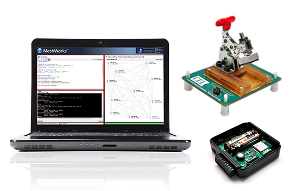

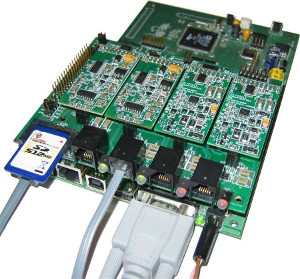

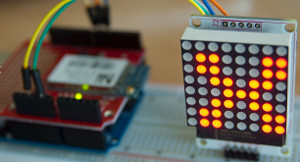
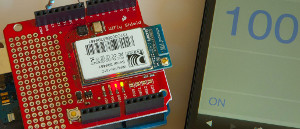





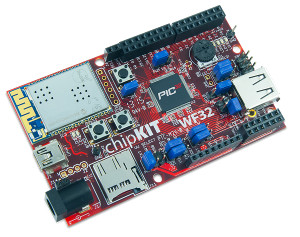
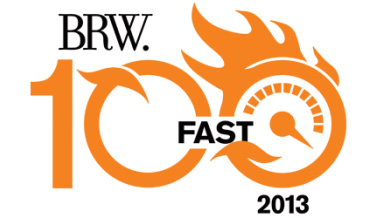 LX Group has been awarded top honours as one of Australia’s fastest growing businesses in the 2013 BRW Fast 100 list. LX
LX Group has been awarded top honours as one of Australia’s fastest growing businesses in the 2013 BRW Fast 100 list. LX